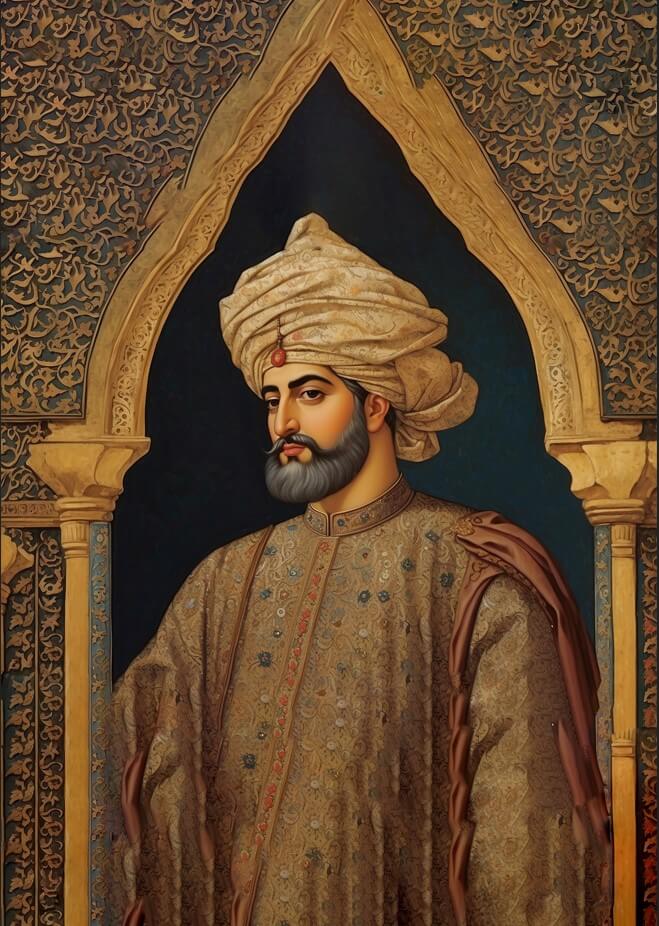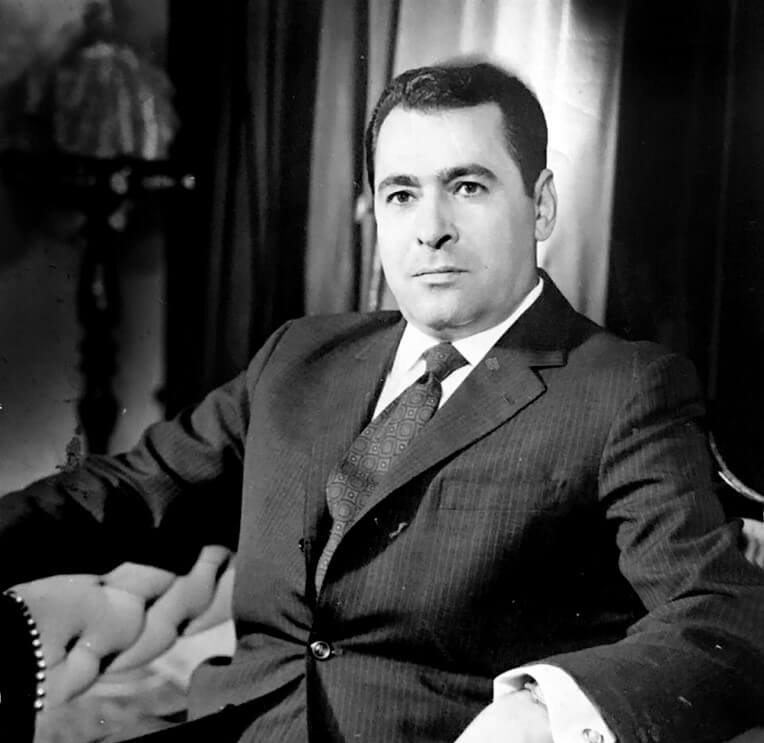Cyrus the Great: Architect of the Persian Empire
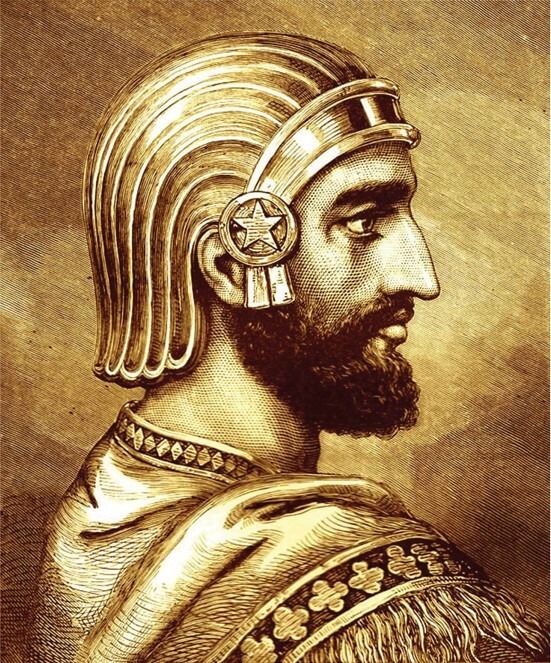
Cyrus the Great, a name that resonates through history as the founder of the Persian Empire, remains one of the most illustrious figures in the annals of the ancient world. His reign, beginning in 559 BC and lasting until his death in 530 BC, marked the start of a new era in the Near East. Under his leadership, the Persian Empire expanded to become one of the largest the world had ever seen, stretching from the Indus Valley in the east to the shores of the Aegean Sea in the west.
Rise to Power
Cyrus was born around 600 BC to Cambyses I, king of Anshan, and his wife Mandane, who was a daughter of the Median king Astyages. This lineage positioned him uniquely at the intersection of Median and Persian nobility, enabling him to claim a significant heritage and authority. His rise to power began with the unification of the Persian tribes and the subsequent overthrow of his grandfather, Astyages, king of the Medes. This pivotal victory in 550 BC not only marked the end of Median supremacy but also the beginning of the Achaemenid Empire, with Cyrus at its helm.
Military Campaigns and Conquests
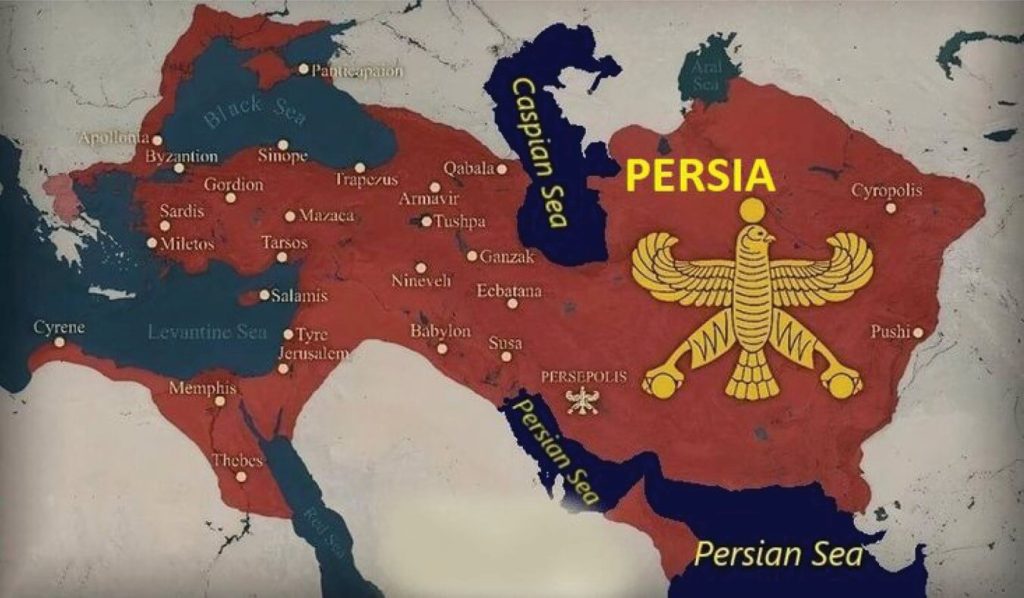
Cyrus the Great is perhaps best known for his military genius, which was evident in his strategic and often benevolent approach towards conquest. He expanded Persian territories dramatically, conquering Lydia in Asia Minor and Babylon in Mesopotamia. His most notable conquest was that of Babylon in 539 BC, which he achieved with minimal destruction through astute military tactics and psychological warfare.
Governance and Policies
Cyrus’s governance was revolutionary for its time. He is credited with pioneering the concept of the empire, not merely through conquest but through the integration and respectful treatment of its diverse peoples. His approach to governance was characterized by tolerance and respect for local customs and religions. This is exemplified in his treatment of the Jews during the conquest of Babylon, where he allowed them to return to Jerusalem and rebuild their temple, a policy recorded in the Cyrus Cylinder and the Bible.
The Cyrus Cylinder
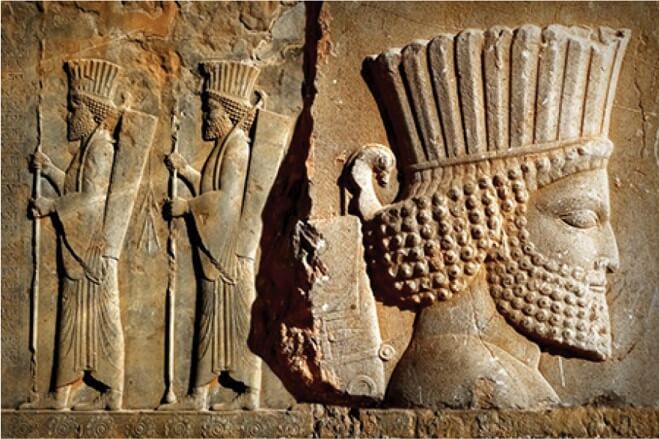
The Cyrus Cylinder, discovered in the ruins of Babylon, is often regarded as one of the first declarations of human rights. It outlines Cyrus’s reforms and his edicts on religious tolerance and repatriation of displaced peoples. This artifact has immortalized Cyrus as a liberator rather than a conqueror, highlighting his contribution to the development of governance that values the rights and identities of its subjects.
Death and Legacy
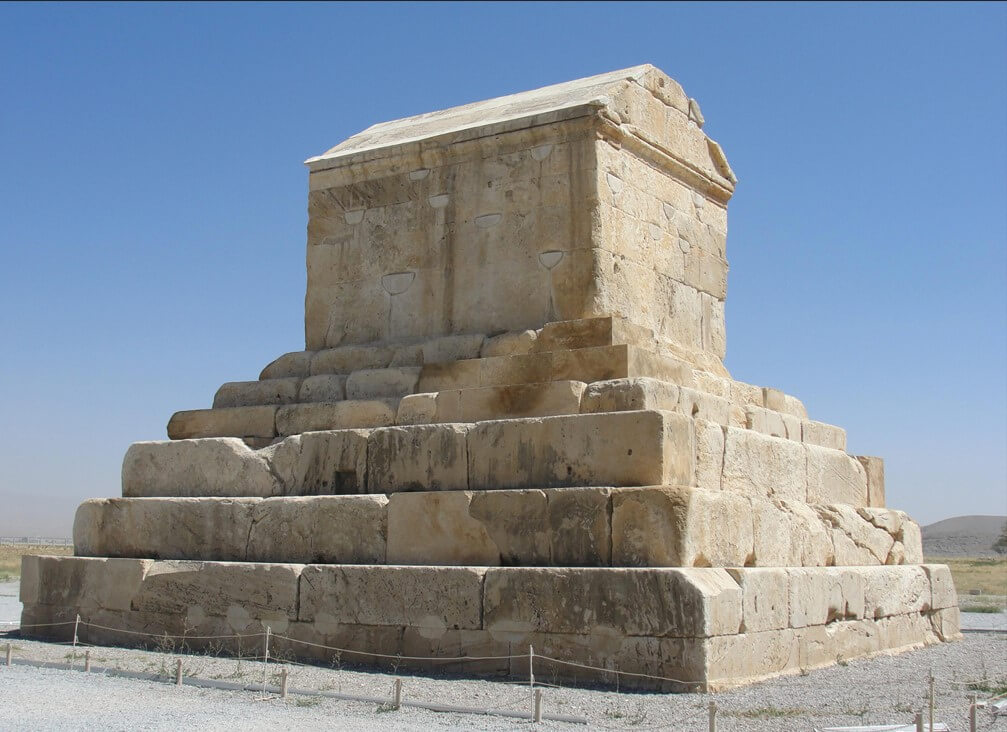
Cyrus the Great met his demise in 530 BC, during a campaign in the northeast, possibly against the Massagetae along the Syr Darya (Jaxartes) River. He was succeeded by his son, Cambyses II, who continued to expand the Persian Empire. Cyrus’s legacy, however, is most evident in his innovative approach to empire-building, which emphasized the benefits of mercy and effective administration over brute force.
Conclusion
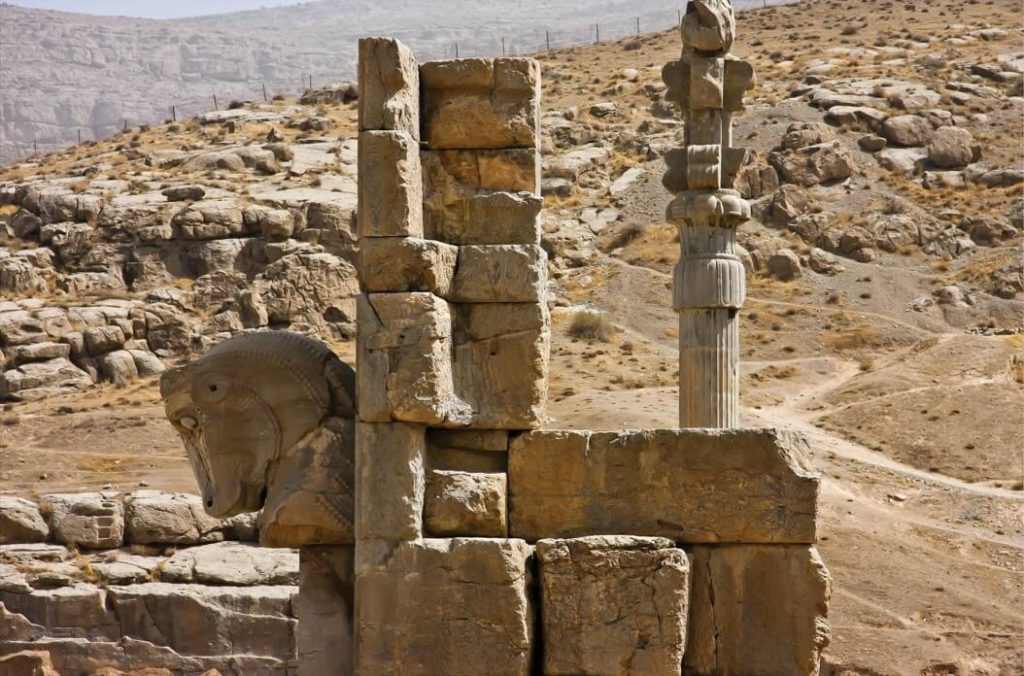
Cyrus the Great’s vision for the Persian Empire set the foundation for what would become one of history’s most significant imperial entities. His policies of tolerance and cultural integration were far ahead of their time and left a lasting impact on the administration of vast territories. Today, Cyrus the Great is celebrated not only as a skilled conqueror but also as a wise ruler whose strategies and policies helped shape the course of history, influencing leaders and governments long after his death. His reign epitomizes the possibilities of enlightened leadership and the positive impacts such governance can have on the world.



